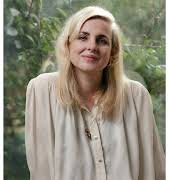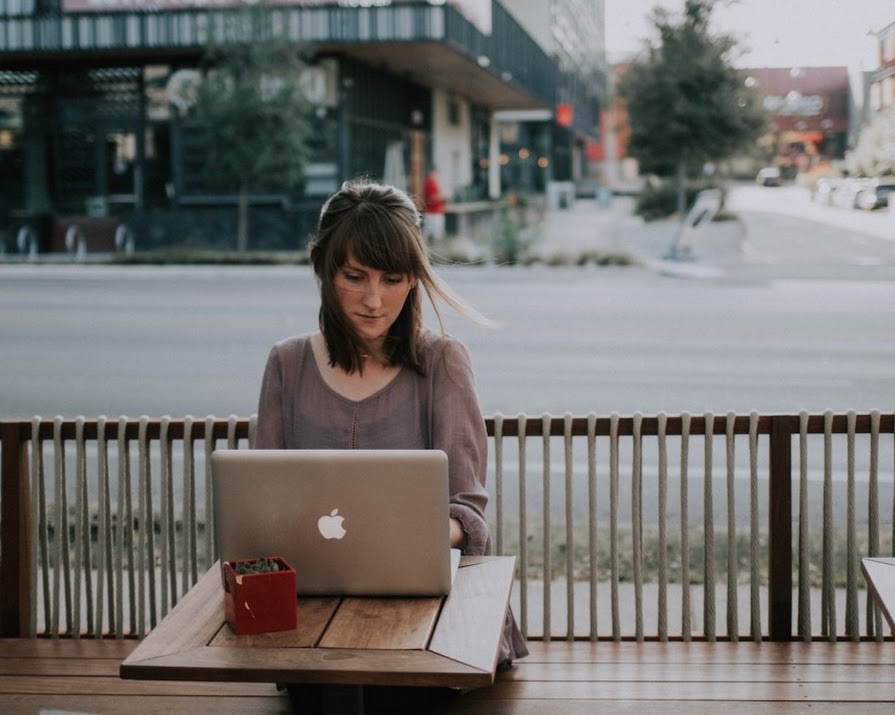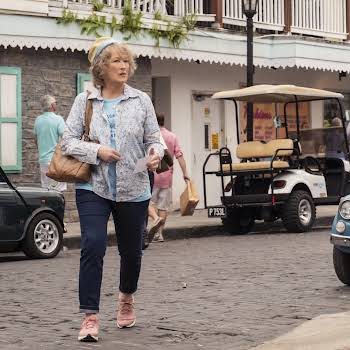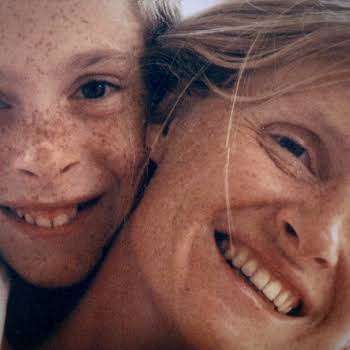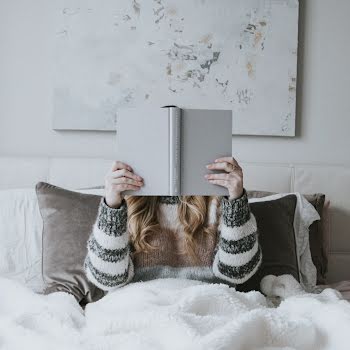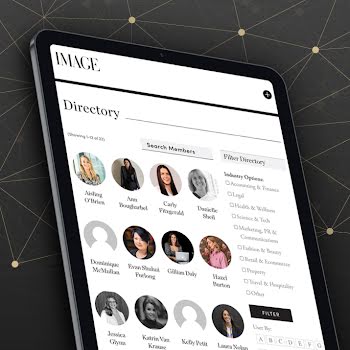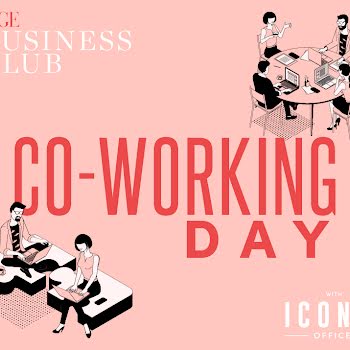Letters From The Edge: Why A Digital Newsletter Should Be On Your Must-Read List
By Sophie White
24th Sep 2017
24th Sep 2017
The noughties were all about blogs. These days, says SOPHIE WHITE, if you want online enlightenment with a personal touch, look to the digital newsletter.
I saw a writer I admire at the checkout of Tesco. She was buying cat food and plant food. I excitedly nudged my husband. ?That’s ***** over there. I love her work. They’ve just planted tomatoes in their yard.?
?I think that’s quite enough internet stalking for you,? he replied.
?No, no, I wasn’t snooping online, she told me herself,? I protested to his sceptically raised eyebrows. ?Well, sort of. I subscribe to her newsletter.?
?You don’t even open letters addressed to you, but you read a stranger’s newsletter?? was his exasperated retort.
Yes, truth be told, I never open my mail, and yes, I read a lot of strangers? newsletters – digital newsletters, that is.
The digital newsletter is not new. One of the most famous and fun digital missives is the long-standing satire and celebrity gossip newsletter, Popbitch. This hilariously lo-fi weekly letter, created from the gossip-riddled and often libellous Popbitch message boards frequented by British media insiders, dates from the early 2000s.
Of course, dreary informational newsletters also litter my inbox, anything from my past pupils union endlessly asking me for money (they apparently don’t notice that my address is still [email protected], no tcd.ie for me – clearly I do not possess any money) to the tennis club I last attended ten years ago begging me to reinstate my membership – again, badbuzz88 guys, I have zero moneys.
However, it is the recent evolution of the digital newsletter as more of a literary form that has really captivated me. My friends cannot understand it. You read letters from people you don’t know? Yes. And that is fun why? Well, if the ick- tastic eruption of reality TV has taught us anything, it’s that we are utterly obsessed with each other. Surely, I am not alone in the fact that I will listen for hours on end to tangential tales about people I have never met.
?She painted the downstairs toilet black,? my friend tells me of a woman I have never laid eyes on, and I eagerly lean forward. ?Go on,? I urge, practically panting for more.
The deep and meaningful newsletter, as I’ve dubbed it, is different from a blog (doesn’t that word feel quaint now?) in ways that are subtle and difficult to define. I think of the letter as being like a dispatch from another life. Often, they include illustrations and recommendations for interesting articles or good music. The newsletter feels more personal. A blog speaks to an audience of everyone, while a newsletter is sent to you personally. I realise that this is an illusion of intimacy, but it is a seductive illusion.
A writer I admire, Dolly Alderton, emails me every few weeks and tells me stories from her life. It doesn’t matter that I am one of 8,000 recipients. It feels like a connection. I imagine blogs to be like a spewing purge of content, while newsletters are like clippings, little carefully edited notes on a life.
There are many who lament the lost art of letter-writing, with the rise of convenience; writing out our news and thoughts in cursive, folding them into an envelope and mustering the will to find a stamp and a post box is alien to my generation.
Reading the newsletters of strangers may seem like an odd pastime, but depending on the author, it can be a funny, thought-provoking pursuit.
There seems to be some notion that the decline of letter-writing, reading printed texts and long-form communication, is somehow the decline of civilisation. In 2010, a re-evaluation of the American public school curriculum placed greater importance on keyboard skills than on cursive. The idea that children would now only be required to learn to write in print angered many, and at least nine states successfully lobbied against the decision. But why are we so precious about protecting something whose original purpose has been so roundly superseded by technological advances?
To my mind, nostalgia for letter- writing buys into that lazy assumption that what is past is somehow pure and what is present is shallow and somehow lesser. Preserving – or is it fetishising? – the obsolete is on the rise: colouring books, practising calligraphy, knitting and the Nokia 3210 are all back on the menu. And if you take the time to look, letter-writing is not remotely lost, either – it has simply evolved. The 21st-century incarnations of the letter are things like the deep and meaningful newsletters and projects such as The Letter Project, ?which charts nearly ten years of strangers writing letters to one another. These letters then live on in a digital scrapbook at theletterproject.wordpress. com, compiled by Theresa Williams, an author and university lecturer.
As humans, our most basic instinct is to communicate, and by extension leave our mark and express our individuality. What sets letter-writing apart from other kinds of writing, is that it’s not performative, self-conscious writing in the way that articles and columns and novels are. It is the text equivalent of dance like no one is watching. Write like no one is reading. This echoes the sentiment of Theresa Williams, who said she began The Letter Project to ?encourage my students to create vivid writing. I had the idea that if I created an assignment that asked the students to write letters instead of essays, then they might escape the trap of stilted writing.?
When written well, the mundane is engrossing, and this is why the letter endures, albeit in a slightly different digital form. The rise of the newsletter is proof that our charmingly banal humanity is interesting, and as we have learned during the era of Facebook stalking, we have an unending appetite for consuming the lives of others. When I read The Andy Warhol Diaries, I was tickled to learn that of all the breadth of experience his incredible life afforded him, in practically every entry, he would fastidiously note the cost of every cab he took, every meal he ate, every penny spent. In the celebrated anthology, Letters of Note, some of the most intriguing letters are the most prosaic – the Queen’s recipe for drop scones sent (as promised!) to President Eisenhower or the first recorded use of OMG in a letter to Winston Churchill.
Reading the newsletters of strangers may seem like an odd pastime, but depending on the author, it can be a funny, thought-provoking or comforting pursuit. The digital newsletter is, in many ways, a bit like a message in a bottle – the author is writing a letter that perhaps will never be read, may never hold any significance, or might, just might, touch a stranger.
Main image via Unsplash

